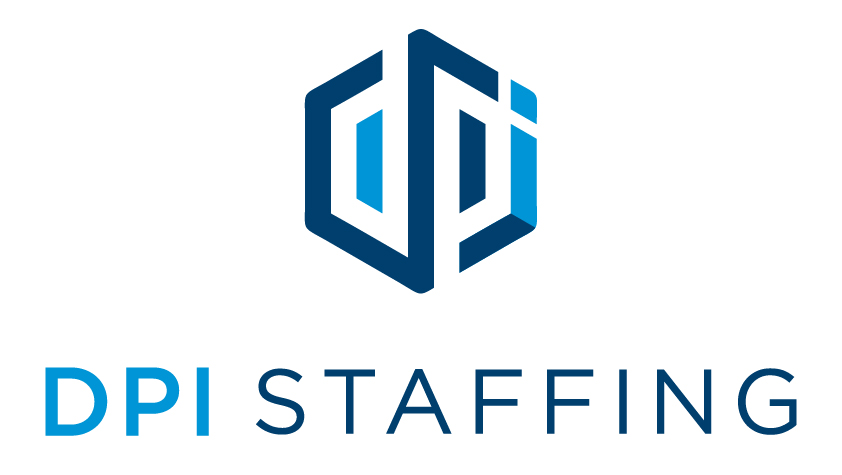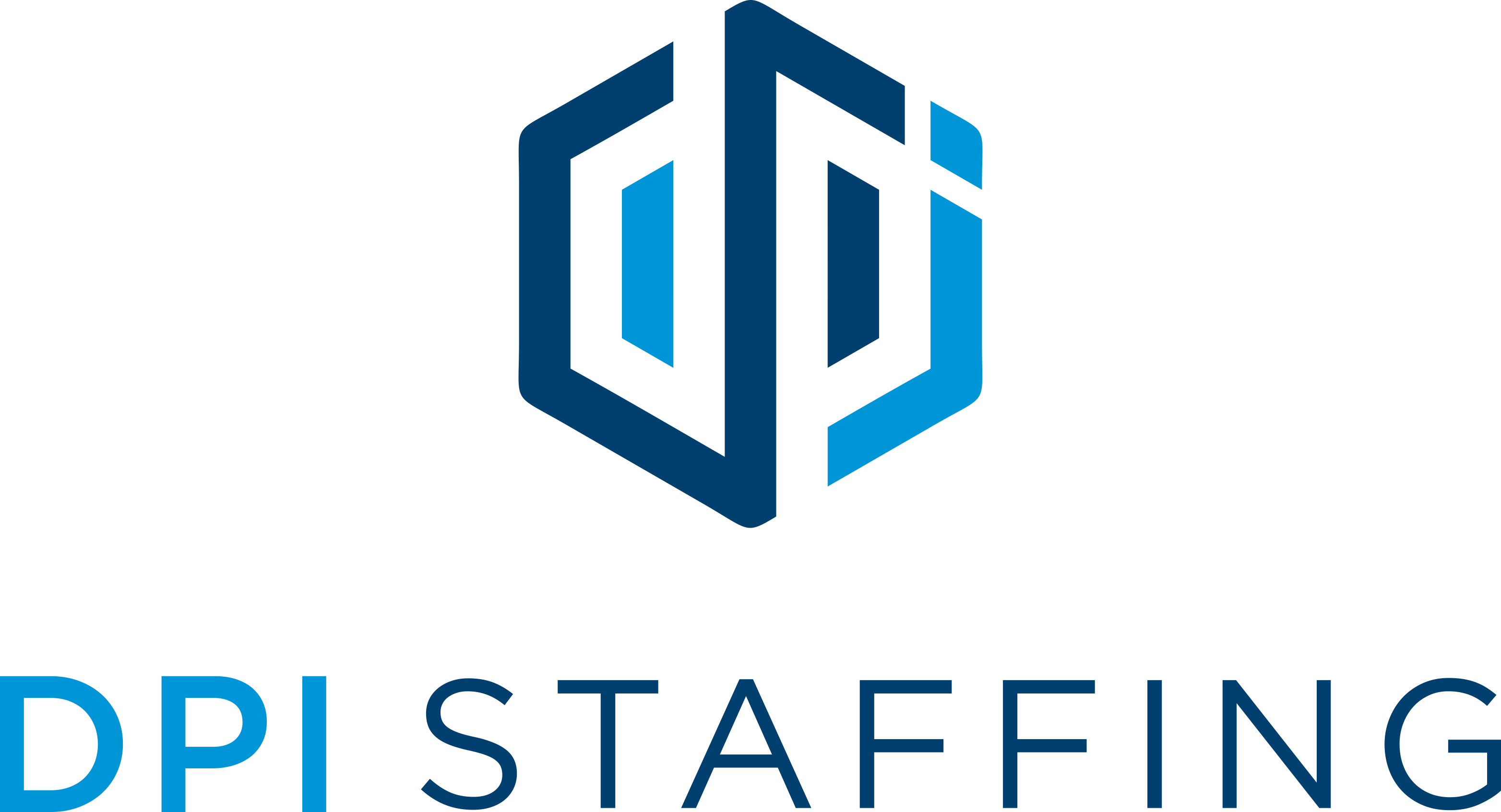Cities around the west are bracing for a heat wave, with many expected to reach temperatures in the triple digits this weekend. Our locations in Portland and Salem, Oregon, and Boise, Idaho, will likely see record highs just a few days into summer. Outside workers, and those working in hot indoor environments, are especially susceptible to heat illness. So heat safety should be top of mind for employers and employees while these high temperatures continue.
OSHA highlights three key, easy-to-remember factors in preventing heat illness:
WATER
Staying hydrated is key to staying safe. Drinking lots of water (OSHA recommends every 15 minutes) helps the body replenish all of the fluids lost to sweat. Staying nourished with regular meals and snacks is also important. Those doing very hard labor may drink a sports drink in addition to water to replace fluids and electrolytes.
REST
Taking breaks to sit down in the shade helps the body cool down. Consider changing your break policy, or instituting different work/rest schedules, during periods of extreme heat so employees have more frequent breaks, and/or of a longer duration.
SHADE
Employees should take breaks and eat meals out of the sun whenever possible. An area that is covered, or preferably indoors with a fan or air conditioning, provides reprieve and a chance for workers to cool down. Make sure to have water available in this area, as well.
Proper clothing and sun protection (such as hats and sunscreen) are also important factors. Employees and supervisors should be very familiar with the signs and symptoms of heat-related illness. In addition, they need to know who to call in case of an emergency (some companies contract with AMR or another company for mobile health care services).
Ensuring that employees are knowledgeable about heat safety is key to helping them stay safe through this heat wave and throughout the summer. OSHA offers dozens of printable flyers, posters and other tools (many available in Spanish and other languages) to educate employees about this vitally important topic, including:
Protecting Workers from Heat Illness Flyer
Worksite Training Poster
Using the Heat Index: A Guide for Employers



